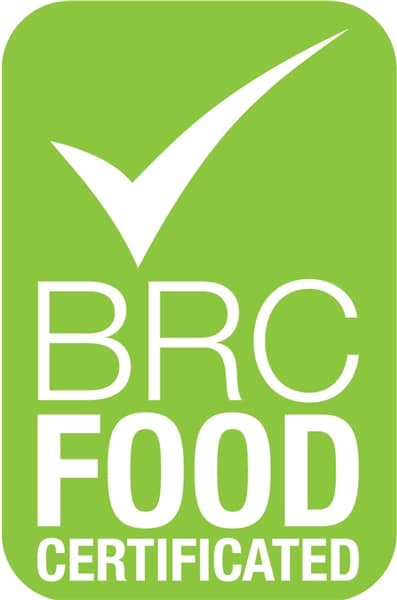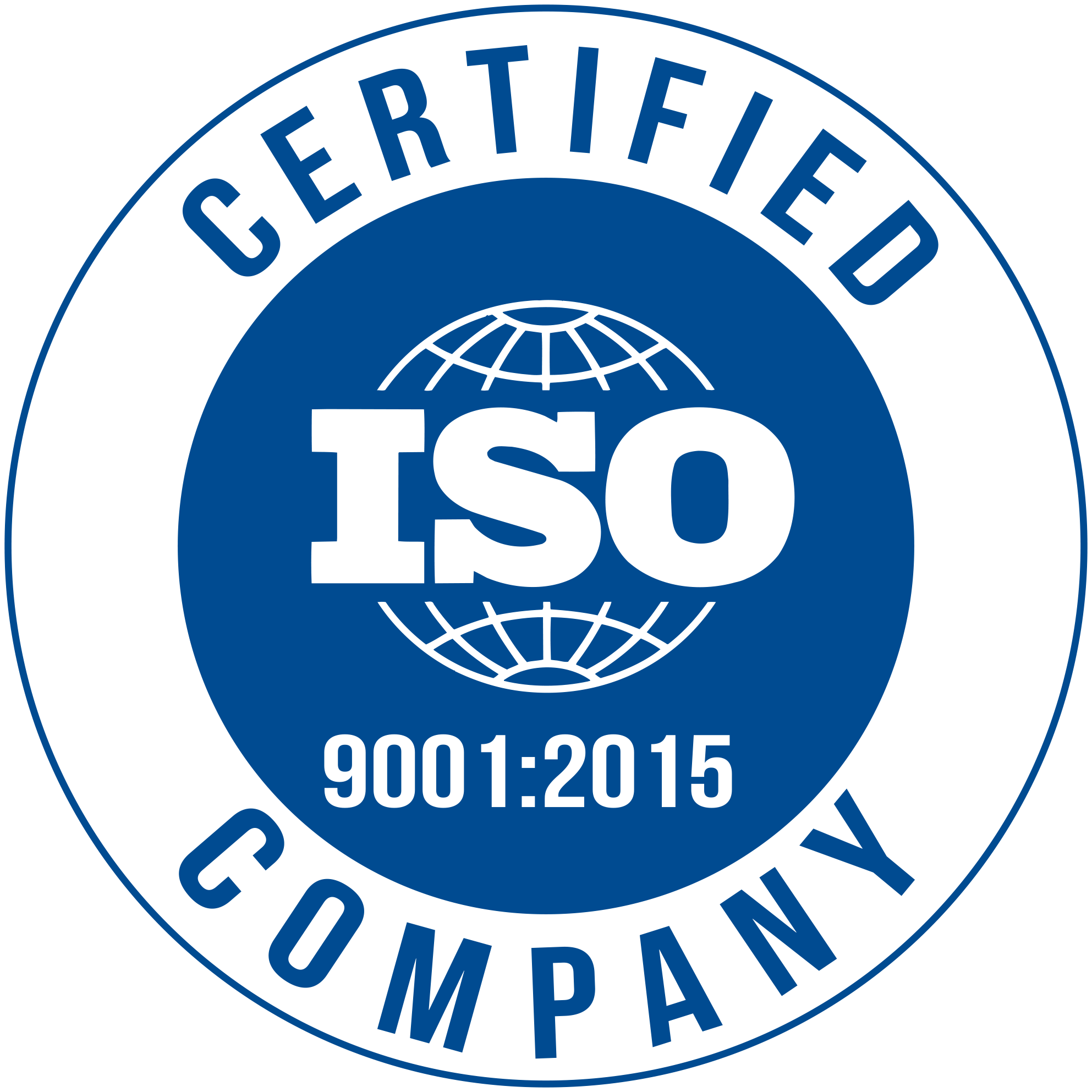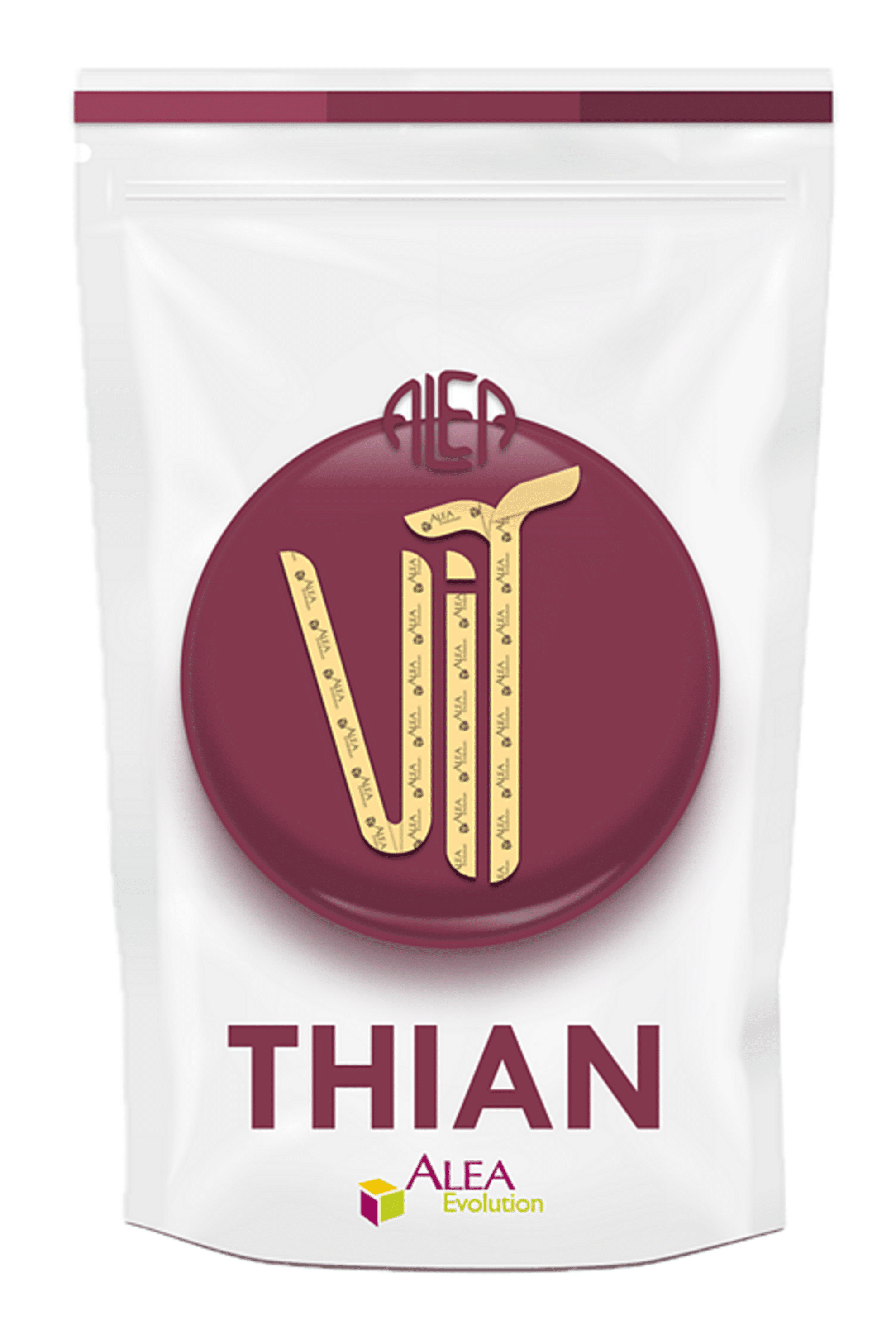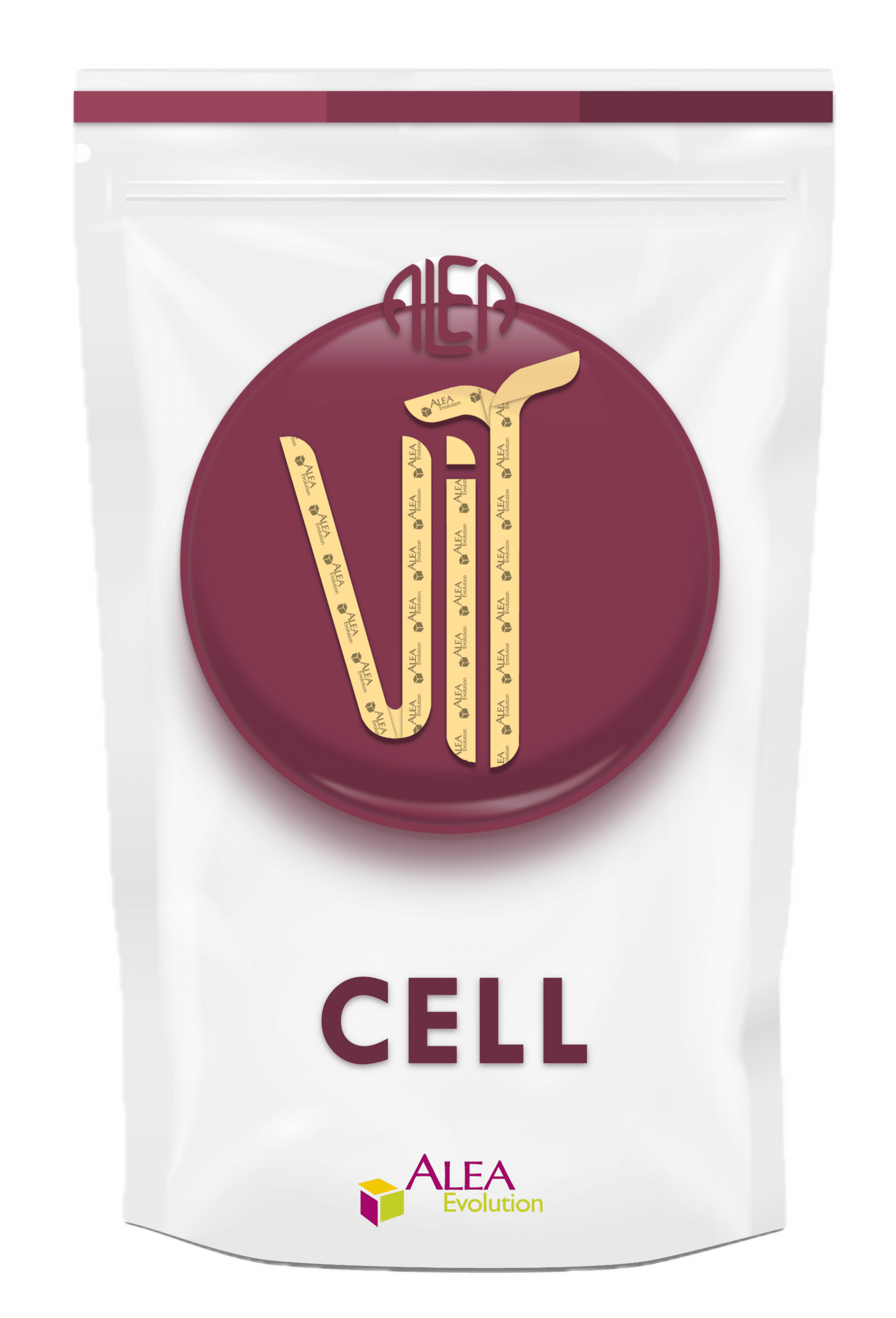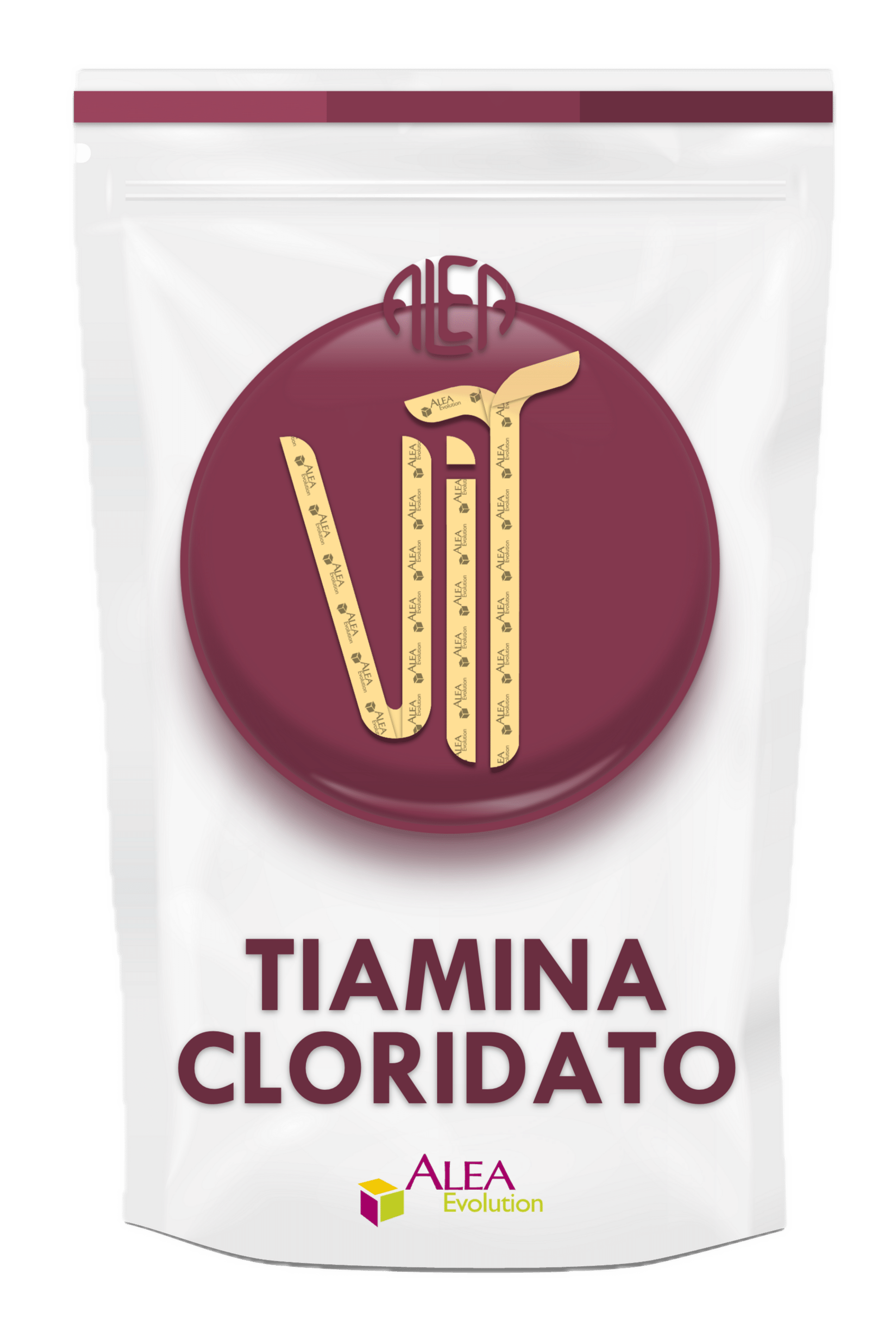Aleavit L-MAX
| Famiglia |
NUTRIENTI ORGANICI |
|---|---|
| Gamma |
ALEA EVOLUTION |
| Formati disponibili | , , , , , , |
| Condizioni di conservazione |
Confezione aperta per prodotto liquido/con scadenza breve es. enzima e lievito , |
| Allergeni |
LIQUIDO
Autolisato totale di lievito Saccharomyces cerevisiae in fase liquida stabilizzato con SO2.
Aspetto: soluzione liquida di colore marrone chiaro, con odore di lievito
Aleavit L-MAX è un attivante di fermentazione da aggiungere a fermentazione alcolica avviata. Fornisce amminoacidi e vitamine in forma facilmente assimilabile, favorendo il metabolismo dei lieviti.
Aleavit L-MAX inoltre fornisce acidi grassi essenziali, fosfolipidi ed ergosterolo fondamentali per il mantenimento della fluidità e della perfetta efficienza della membrana cellulare. Pertanto, contribuisce ad ottenere un più regolare andamento fermentativo, evitando rallentamenti o arresti.
Aleavit L-MAX favorisce la massima espressione aromatica del lievito selezionato grazie al suo apporto di amminoacidi e vitamine fondamentali per la perfetta attività metabolica, indispensabile per massimizzare il risultato organolettico.
L’impiego di Aleavit L-MAX è consigliato per ottenere fermentazioni alcoliche regolari e per l’ottimizzazione del decorso fermentativo dei lieviti. La sua composizione, ricca in amminoacidi e vitamine prontamente assimilabili, completa la disponibilità di nutrienti nel mosto ed ottimizza il decorso fermentativo.
Favorisce quindi la corretta espressione aromatica del ceppo di lievito selezionato, evitando riduzioni o altre deviazioni aromatiche derivanti da fermentazioni stentate.
Aleavit L-MAX aggiunto a fermentazione in corso, in abbinamento con 5-10 mg/L di ossigeno, migliora il metabolismo dei lieviti esaltandone l’espressività.
Da 5 a 50 mL/hL, a seconda delle esigenze
ATTENZIONE: L’aggiunta di 20 ml/hl di Aleavit L-MAX apporta circa 0,5 mg/l di SO2
Applicazione manuale: disperdere Aleavit L-MAX in una piccola quantità di mosto, aggiungere alla massa in fermentazione e omogeneizzare.
Applicazione con pompa dosatrice: prelevare la quantità necessaria e pompare Aleavit L-MAX direttamente nella massa in fermentazione.
Si consiglia di effettuare aggiunte frazionate, ad 1/3 e a 2/3 della fermentazione alcolica, oppure con maggiori frazionamenti in caso di sistemi automatici WineBr@in.

